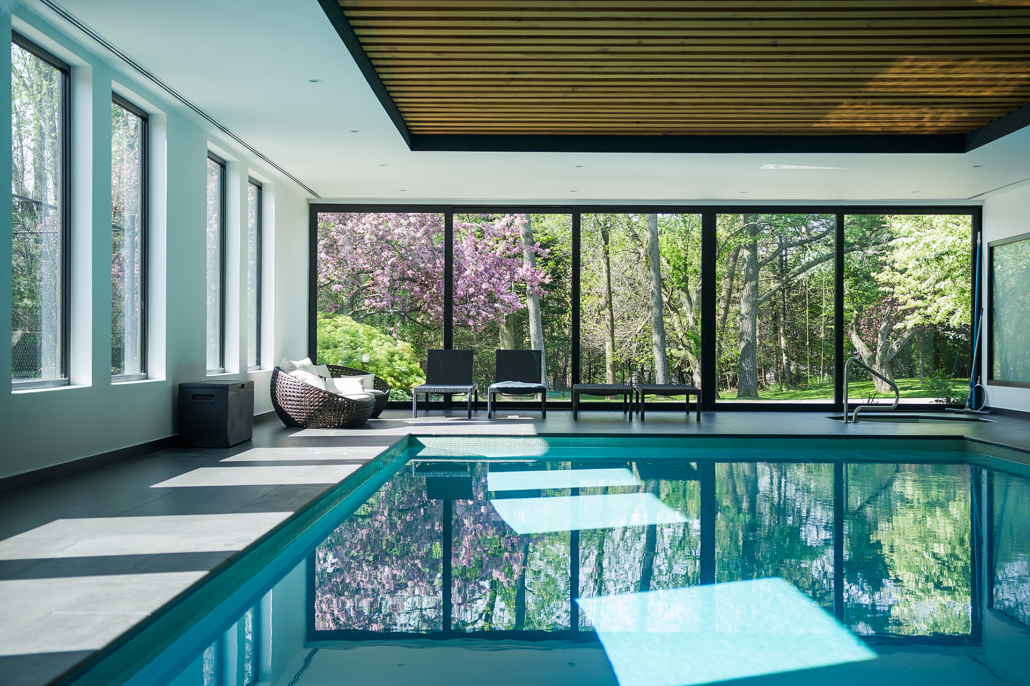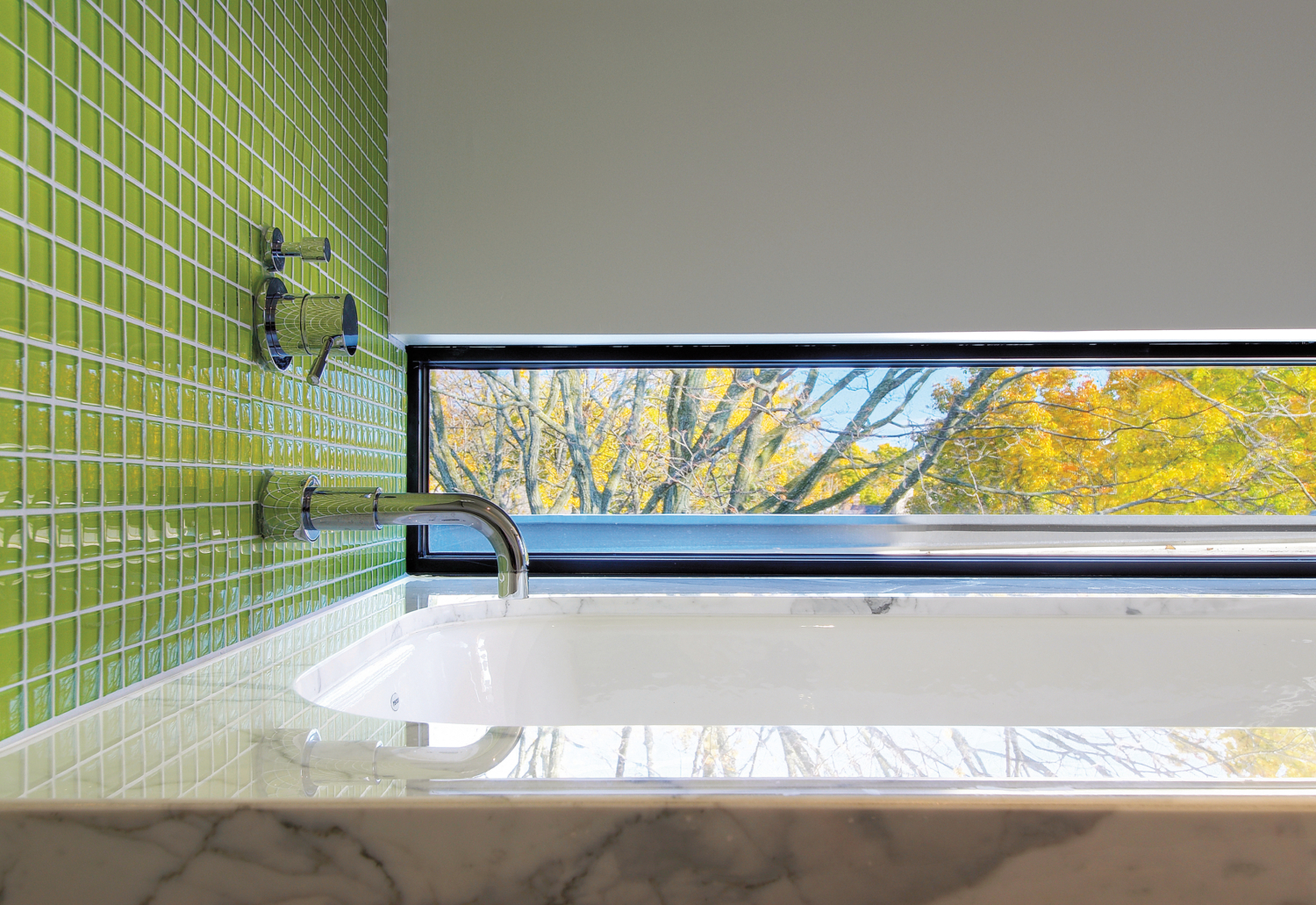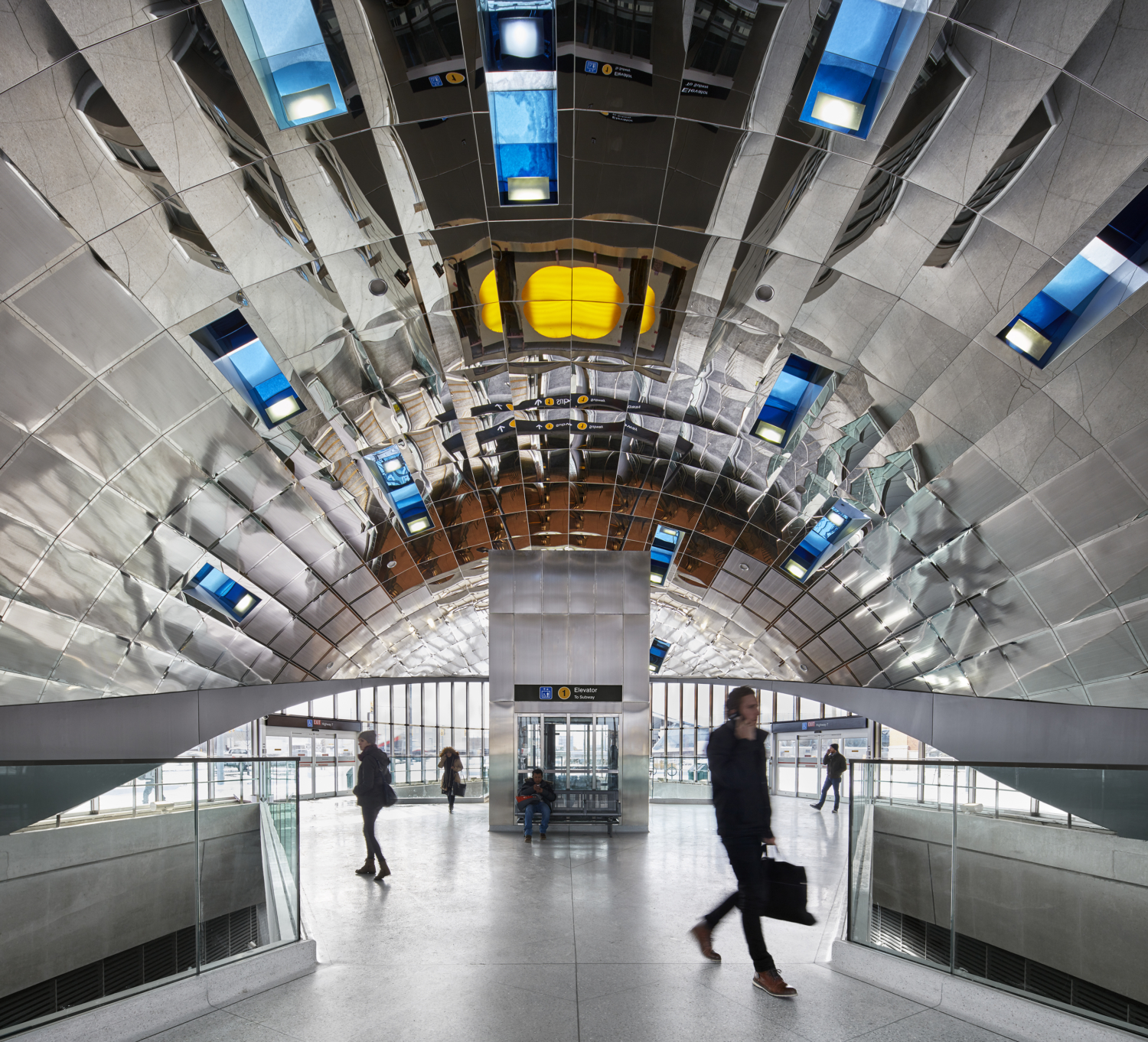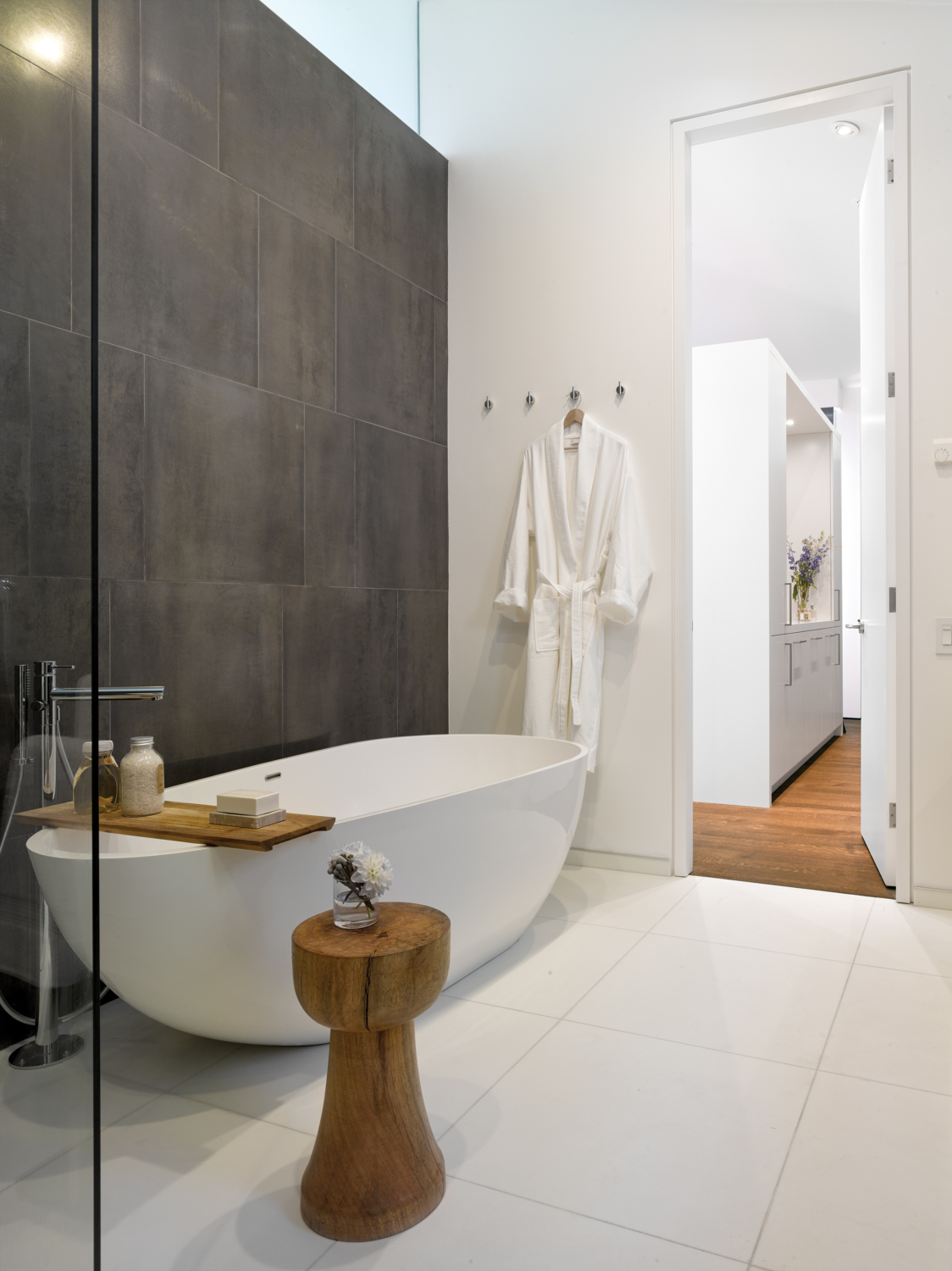Paul Raff: How Your Home Can Extend Your Life
As originally seen in Eluxe Magazine on December 31, 2020
Written by Chiara Spagnoli Gabardi
Houses are obviously important. We need them for shelter, for feeling secure. They’re the biggest investments most of us will ever make. But did you know your home can extend your life?
Yep, that’s right. While the Chinese have long known that Feng Shui principles can influence our well-being, modern architects are going beyond that. They’re learning that the materials used to construct a house, and the objects inside it, can hurt or harmonise individuals with their surroundings.
For example, the formaldehyde that is used in wood floors and panelling can be seriously problematic. It can cause breathing problems or irritation of the skin and even the eyes. Just as harmful are fire retardants in carpets and lead fumes in paints, that contain the carcinogen chemical called p-dichlorobenzene. There’s a good chance your home can extend your life if you remove these highly toxic chemicals!
On the other hand, a carefully planned home can actually benefit your health. For example, homes equipped with air and water filters ensure the quality of the air you breathe and water your drink are purified from all toxins. On your walls, using organic paint that avoids VOCs (volatile organic compounds) will ensure there’s less chemical air pollution inside.
Of course, if you fill your home with plants, the benefits are extraordinary, not just in terms of purifying the air, but also when it comes to improving mental health and reducing noise pollution. You can even eat the organic greens you’ve grown!
But don’t take our word for it. We delve deeper into this topic with Paul Raff, an exceptional artist and architect. His excellence was first recognized in 1993 with his award-winning design for Toronto’s waterfront redevelopment. The designs that followed, with equal acclaim, are the Chinese Vice-President’s House in Shanghai and the development of the Barcelona waterfront. Raff bequeaths his knowledge in environmental architecture to students who attend his lectures and courses, forging a new generation to follow in his footsteps.
Here, in this exclusive interview, he explains how your home can extend your life, why conscious architecture matters, and much more.
First up: why do you believe a home can be beneficial to the health of the resident?
We spend a great deal of time at home. It’s the place where we rest, where we sleep, where we dine, where we spend family time and alone time and now also more work time than ever. Qualities of place are known to have an effect on one’s mood and sense of wellbeing.
Comfort and natural light are likewise proven to have an impact on human health. We have also learned more about indoor air quality and its effect on health, so there are a number of important factors that biologically and psychologically link our home to our health. Sarah Barnard, a WELL and LEED accredited designer with a focus on creating environments that support wellbeing, also sees a well-balanced, adaptable, smart home in the future.
Can architecture also be detrimental to our health?
The answer is yes. Poor function and flow can not only harm one’s efficiency but can be detrimental to one’s mood. A lack of natural light or poor indoor air quality, or the presence of toxins off-gassing from ill-chosen building materials is certainly detrimental.
As an architect, what is your approach to wellness when it comes to designing homes?
As an architect, I try to realize designs in which comfort and ease of use is a given, and in which abundant natural light and beautiful qualities of natural light are highly valued and prioritized. I also place great emphasis on strong connections, visual and otherwise, to light and sky, to the garden and the natural environment. All contribute to a positive experience and a nurturing environment.
We were already mindful in our practice of trying to give people features and spaces in their homes which nurtured exercise, health and wellbeing. And this is something even more of our clients are coming to ask for and appreciate, as finding space to exercise at home rather than at a gym or a studio becomes increasingly essential.
When we approach the design of any individual residence, it is always with a focus on the particular experiences of the individuals who live there. On the intricacies of their family life and routines. This of course is especially relevant in designing wellness spaces with the unique and varying needs of one household in mind. This is true whether they are looking for a place to swim, to meditate, or to lift weights.
Wellness, however is something we try and infuse in all aspects of our designs. For instance, we think of bathrooms not just as amenities but as spaces of serenity, pleasure, and light.
If architecture can improve the health of those in a building, how can this translate over into public spaces?
Health and wellbeing are concerns for any building or public space. For example, when we’ve worked on transit stations, which people only typically experience for ten to fifteen minutes at a time, we place enormous emphasis on imbuing those spaces with light and color and a kind of uplifting visual richness.
We’ve done this in a variety of ways, from the refractive glass surface of our ceiling installation of the Vaughan Metropolitan Centre, to the warm wood-toned sculpted ceiling and jewel-colored glass used in our work on Mississauga’s transit stations.
Has your creative process changed in the past few months with the Pandemic?
I would say that while yes, we’ve had to adapt like everyone else to more tech-based collaboration and communication, because we do a lot of international work, that was already something we were very well-versed in and comfortable with. We’re very lucky in that respect, as it has been relatively easy and seamless for us.
How do you see architecture changing overall in light of the pandemic?
Broadly, I believe people have a far greater appreciation for their own homes seeing as we’ve been forced to spend more time there and do more different kinds of activities there such as exercise or work. There is an enhanced appreciation of the value of a well-designed home and living environment.
I think architects will also be far more mindful of flexibility and adaptability. We’ve learned that the assumptions we make when designing buildings can change very suddenly and I think there’s going to be an awareness about the need to accommodate changes to the ways that buildings function.
This is an excellent moment, too, for the architecture community to reflect upon isolation and accessibility in general. Many of the elderly or those who use accessibility devices, buildings and cities were already isolating places prior to the pandemic. As more of us have directly experienced isolation these past months, it’s given a broader population empathy and insight into that lived experience. It’s something architects should consider when thinking about how not only to allow for physical distancing while simultaneously allowing for social interaction and collaboration, but also how to make buildings safer and less isolating in general. All of this will require experimenting and creativity.
You design all sorts of spaces, from residential to hotels. Which ones are most challenging in creating a sustainable ambiance that stands the test of time?
The truth is that every project offers its suite of challenges. Frankly, the more difficult and awkward the challenges the more we enjoy the work. We find a lot of joy in seeking out those creative solutions.
What can the average person, who can’t afford a total architectural overhaul of their home right now, fo to make it a healthier living space?
Doing anything you can to make sure it’s comfortable. Making sure the heating system is balanced, that the leaks are cocked shut. Broadly, decluttering and refreshing the environment to focus on what you essentially need from your home’s functions is key. Especially if you have a home office, it’s crucial to take the extra time to really set it up well in terms of ergonomics and light. A beautiful physical space will also have an incredible impact on your internal emotional and cognitive space.






